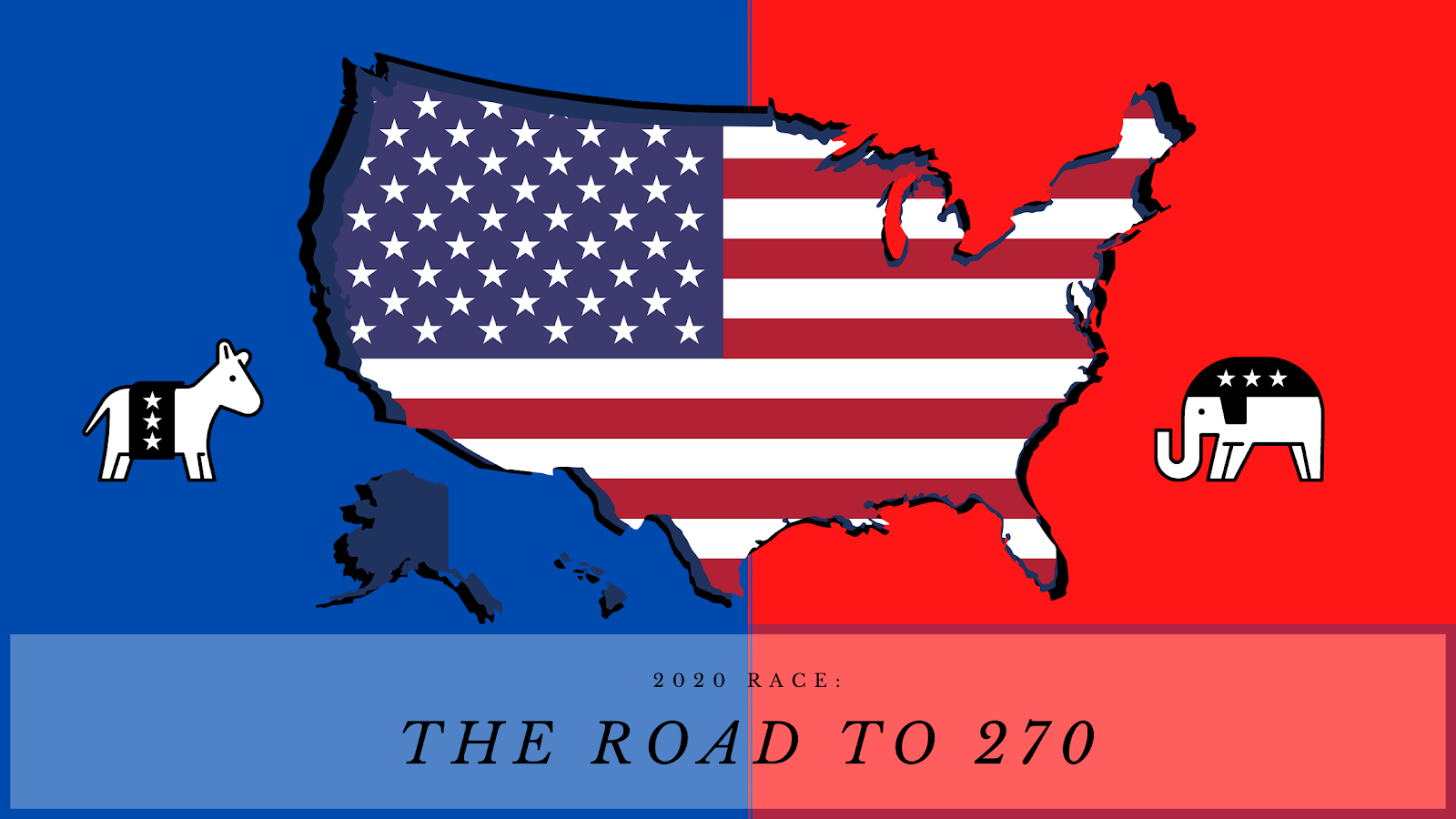
Fernanda Figueroa | THE RIDER
Established by the Founding Fathers in the Constitution, the Electoral College is a body of people representing each state in the U.S. who vote for the election of the president and vice president.
“The Founding Fathers, when they were creating the Constitution and determining what the executive [branch] would look like … determined something like the Electoral College would be a nice balance to the popular vote, to pick the president in a way that is favorable based on the size of the state and the representation that a particular state has in the United States Congress,” said Natasha Altema-McNeely, a political science associate professor.
The Electoral College consists of a total of 538 electors. To be elected, a candidate must win at least 270 electoral votes. The numbers of electors per state is based on the state’s members in congress: one elected for each member in the U.S. House of Representatives, plus two senators. The District of Columbia is given three electors, according to the National Archives. Texas has a total of 38 electors.
Electors are generally chosen by the presidential candidate’s political party.
“Most states, including Texas, Washington and D.C. pick their electors during each political party’s conventions at the state level,” said Altema-McNeely. “So Democratic Party officials pick the electors for their party and the Republican Party officials, all at the state level, pick their electors through similar processes.
Historically, electors vote for a presidential candidate based on their state’s popular vote.
“They are the ultimate deciders,” said political science Associate Professor Richard T. Longoria. “Each state gets a number of electors based on their representative and senators, so this does help the smaller population states when it comes to deciding who’s the next president.”
Most states have a winner-take-all system in which electors vote based on the state’s popular votes but there have been cases where electors vote differently. These electors are known as “faithless electors.” In June, the United States Supreme Court in Chifalo v. Washington unanimously ruled that electors would not be able to vote differently than their state voters’ choice.
“Various states prior to this particular decision had their own rules in the book to deal with what is called the faithless electors,” said Altema-McNeely. “But now, the United States Supreme Court said basically, there will be no more faithless electors. Electors have to vote according to the projected votes for their state.”
When former Secretary of State Hillary Clinton won the popular vote but lost the electoral vote to President Donald J. Trump during the 2016 presidential election, there was much controversy about the Electoral College. The argument was that the Electoral College was not representative of what the majority of people in the United States wanted.
“It’s disproportionate,” said Longoria. “It’s already happened twice in recent years where the person who wins the popular vote ends up losing the Electoral College, that happened in 2000, that happened again in 2016. People feel like the majority didn’t get what it wanted when it comes to electing the president. People who are in the majority, in those instances, feel they are not treated fairly.”
The Electoral College has delivered a split verdict only five times with one candidate winning the popular vote and the other winning the presidency.
“The big contention across those particular elections was the phenomenon that someone that is clearly favored by the people is not the recipient of the Electoral College votes,” said Altema-McNeely. “That’s really the heart of the matter. How can the president not be who the people wanted? People physically voted, they determined that this person should win, but yet they are not the president. How is this possible that the outcome of the Electoral College doesn’t match the popular vote when clearly people wanted a particular candidate?”
The electors cast their vote for president and vice president after the general election on Dec. 14, according to the National Archives.





